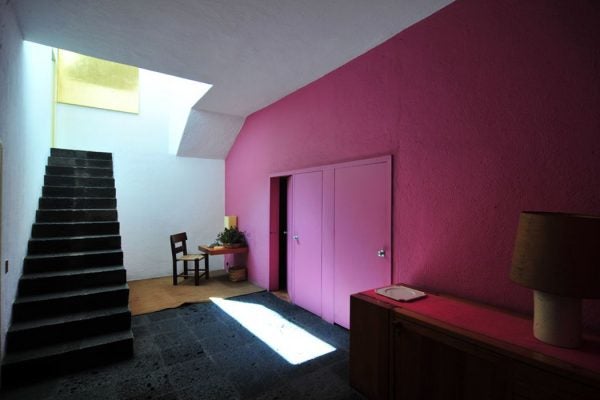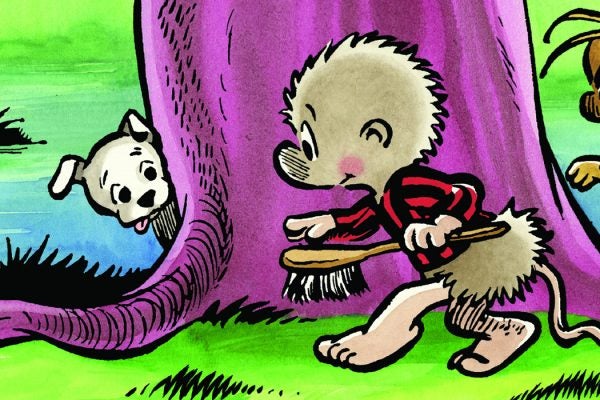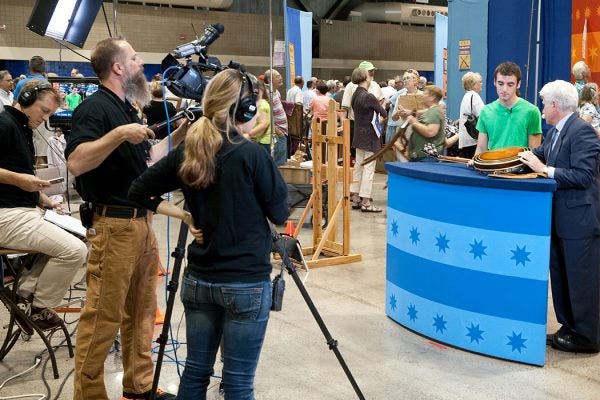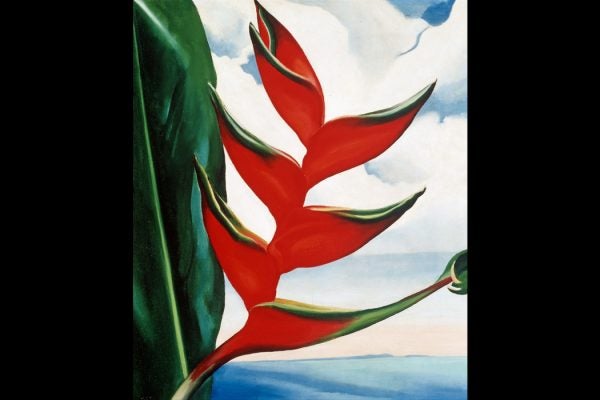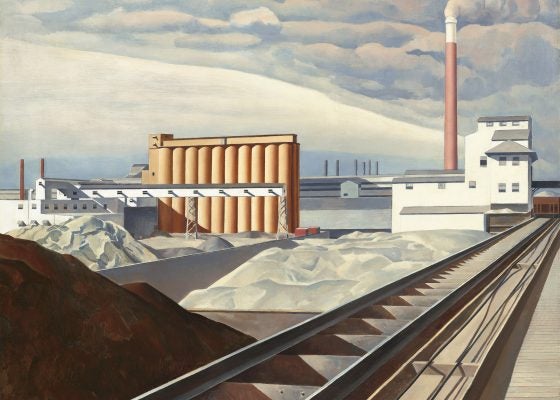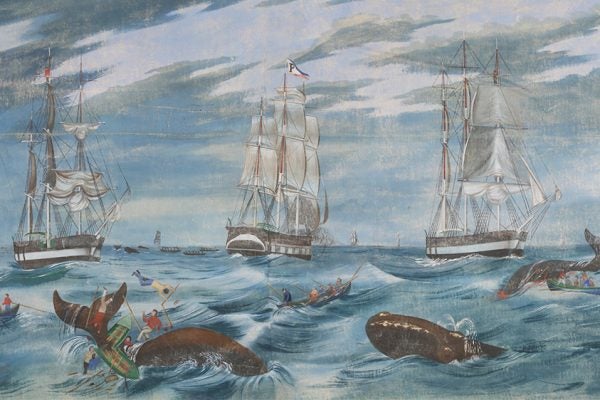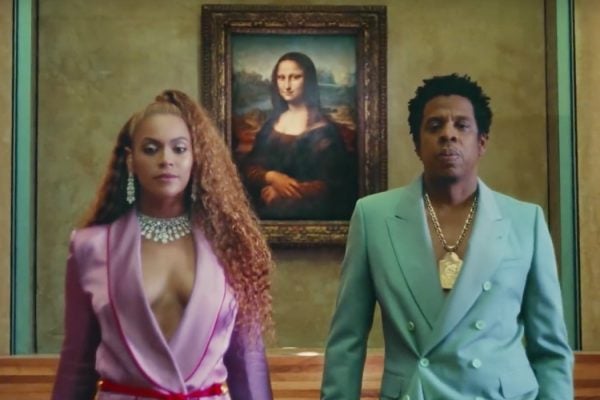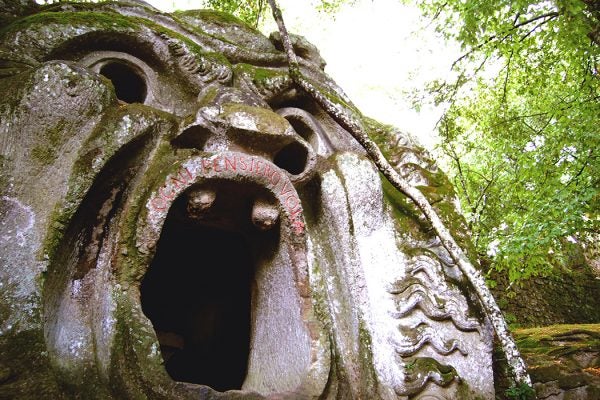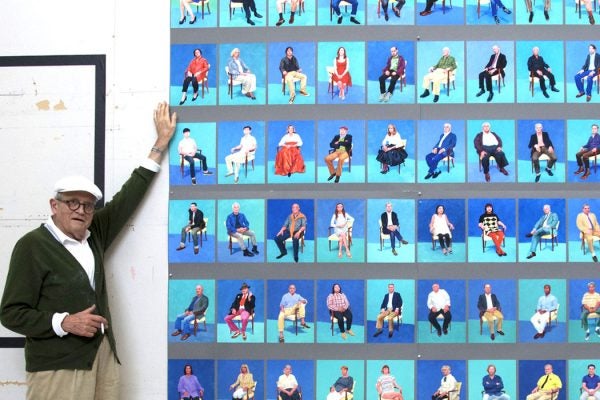Casa Luis Barragán, Sacred Space of Mexican Modernism
A tour of the Mexican modernist architect Luis Barragán’s house and studio reveals a surprise with a touch of the divine.
The Most Controversial Comic Strip
In the 1950s, Walt Kelly's comic strip about a cute opossum named Pogo was syndicated by over 450 newspapers. It was also frequently censored.
The Religious Experience of Antiques Roadshow
What has made this slow, quiet television show about antiques the sleeper hit of PBS? One scholar describes the show as enacting near-religious rituals.
When Dole Sent Georgia O’Keeffe to Hawaii
In 1939, Dole Pineapple Company sent Georgia O’Keeffe to Hawaii for three months in order to produce works that could be used in their advertisements.
The American Art Style that Idolized the Machine
Precisionism, a modernist art style that emerged in the early 20th century, glorified the machine age, all but erasing the presence of people.
Did North America’s Longest Painting Inspire Moby-Dick?
Herman Melville likely saw the panorama “Whaling Voyage,” which records the sinking of the whaler Essex, while staying in Boston in 1849.
What About the Art in “Apesh*t”?
Beyoncé and Jay-Z's new music video was filmed entirely at the Louvre museum. What messages hide in the histories of the featured artworks?
The Park of Monsters
Constructed in the mid-16th century by Pier Francesco "Vicino" Orsini, this bizarre pleasure garden features twelve strange, disturbing statues--and no one knows why.
The Former Slave Who Became a Master Silhouette Artist
A new exhibit of silhouette artists surfaces Moses Williams, a former slave who created thousands of beautiful works of art but never got credit for them.
Why David Hockney Makes Both Paintings and Photographs
In a 1991 interview with singer Graham Nash, David Hockney explained how he applied his drawing skills to photography via the computer.
